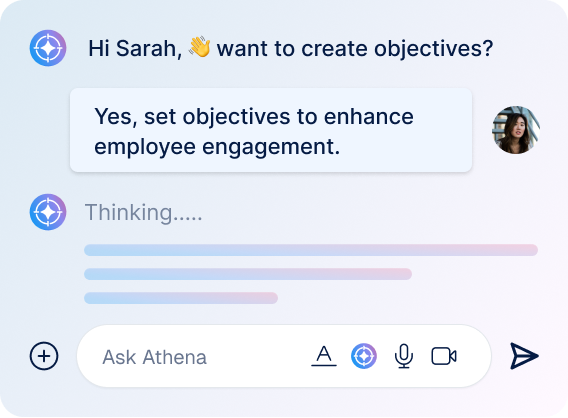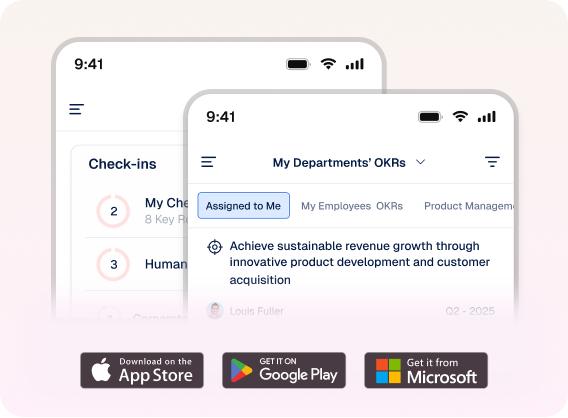How does the progress calculation Distance from target, as of the check-in date in control KPI works?
Category: OKRs
Profit.co has 4 progress calculation methods and 3 value types for the control KPI key result type.
Why this feature?
This progress calculation method ensures all check-ins are considered, regardless of success. Progress occurs based on proximity to the target value, providing a comprehensive assessment and encouraging continuous improvement.
Distance from target, as of the check-in date

The main difference between the value types is given below,
Scenario 1:
For value type ‘At most’
The progress Calculation formula is,
![]()
For example, We have a Key result to Maintain the Cost Per Click at most at $1

Assuming this scenario, the following table shows how the progress calculation works in the scenario. As said earlier, here the 13th-week progress will be the final Progress.
Scenario 2:
For value type ‘At least’
The progress Calculation formula is,

For example, We have a Key result to Publish 5 blog posts every week

Assuming this scenario, the following table shows how the progress calculation works.
Related Answer Post
To learn more about how to calculate the Average/Sum cumulative value for the Control KPI Key Result, click here.
Related Questions
-
What does Control KPI imply?
Table of Contents Why this feature? What is a Control KPI? Progress Calculation Types in Control KPI Value ...Read more
-
How do I check-in for Key Results?
Profi.co allows you to report your progress on your key results at different OKR levels. Why are key result check-ins ...Read more
-
How do I manage Key Results directly in the Bowler Chart View in Profit.co?
In Profit.co, the Bowler Chart View now allows users to create, edit, delete, and access quick actions for Key Results ...Read more
-
How do I view user login history in the Cockpit?
Profit.co has introduced three new widgets within the OKR Cockpit to help organizations monitor user login behavior and ...Read more



